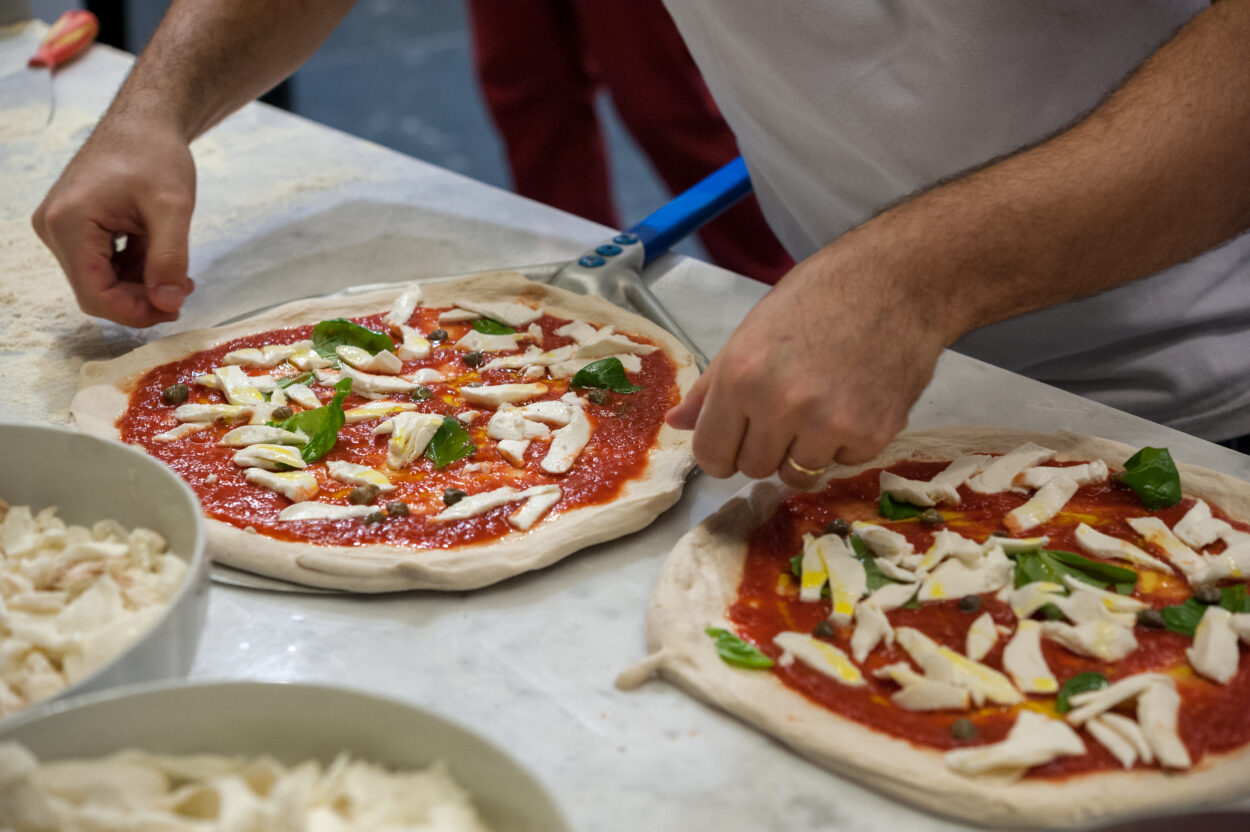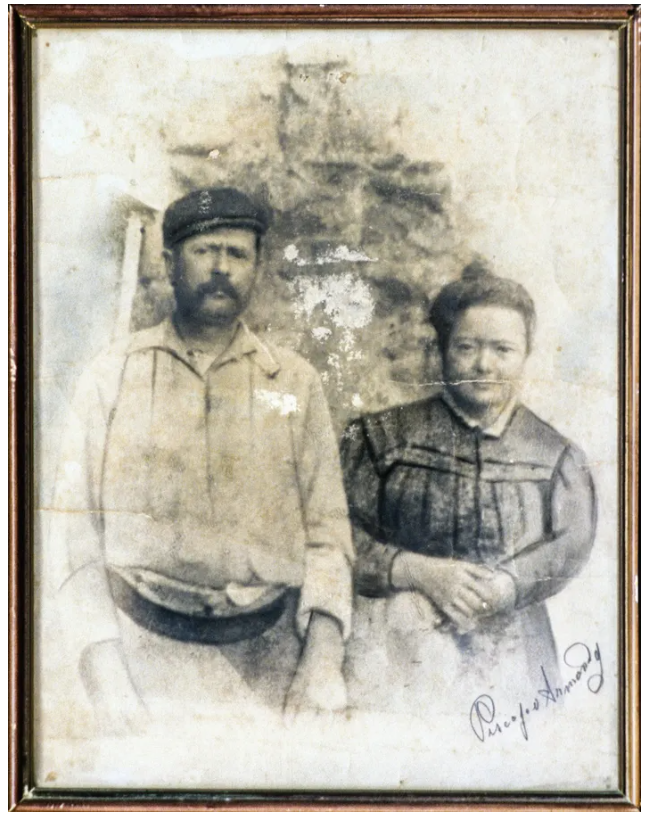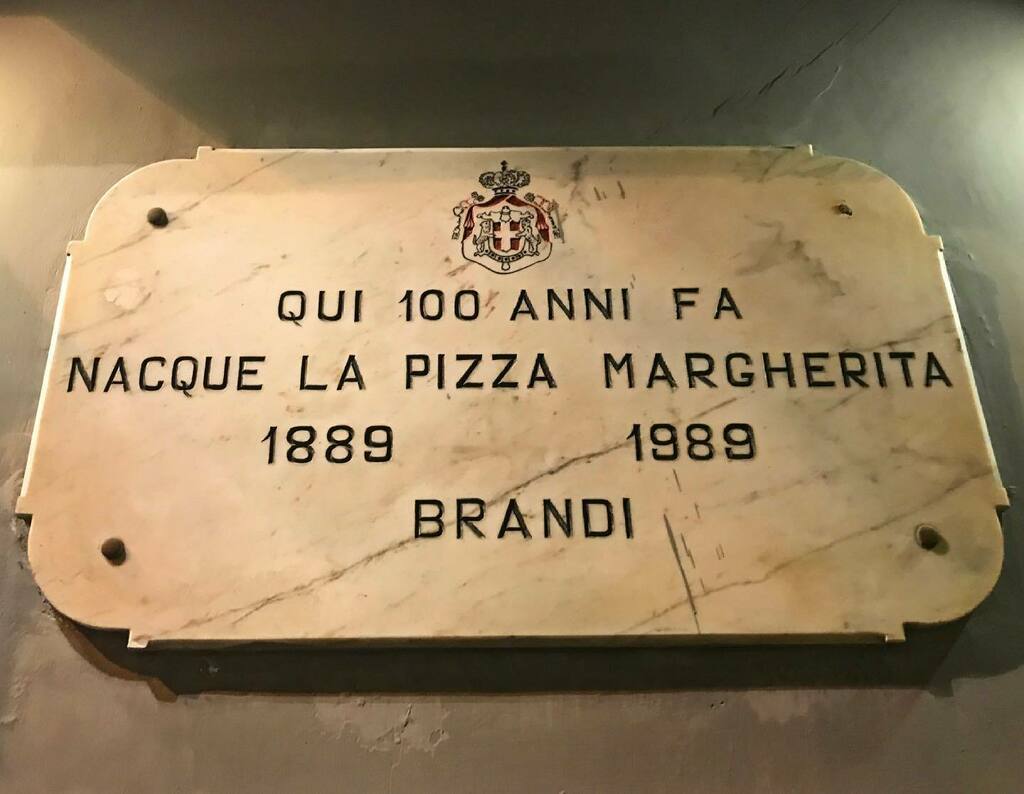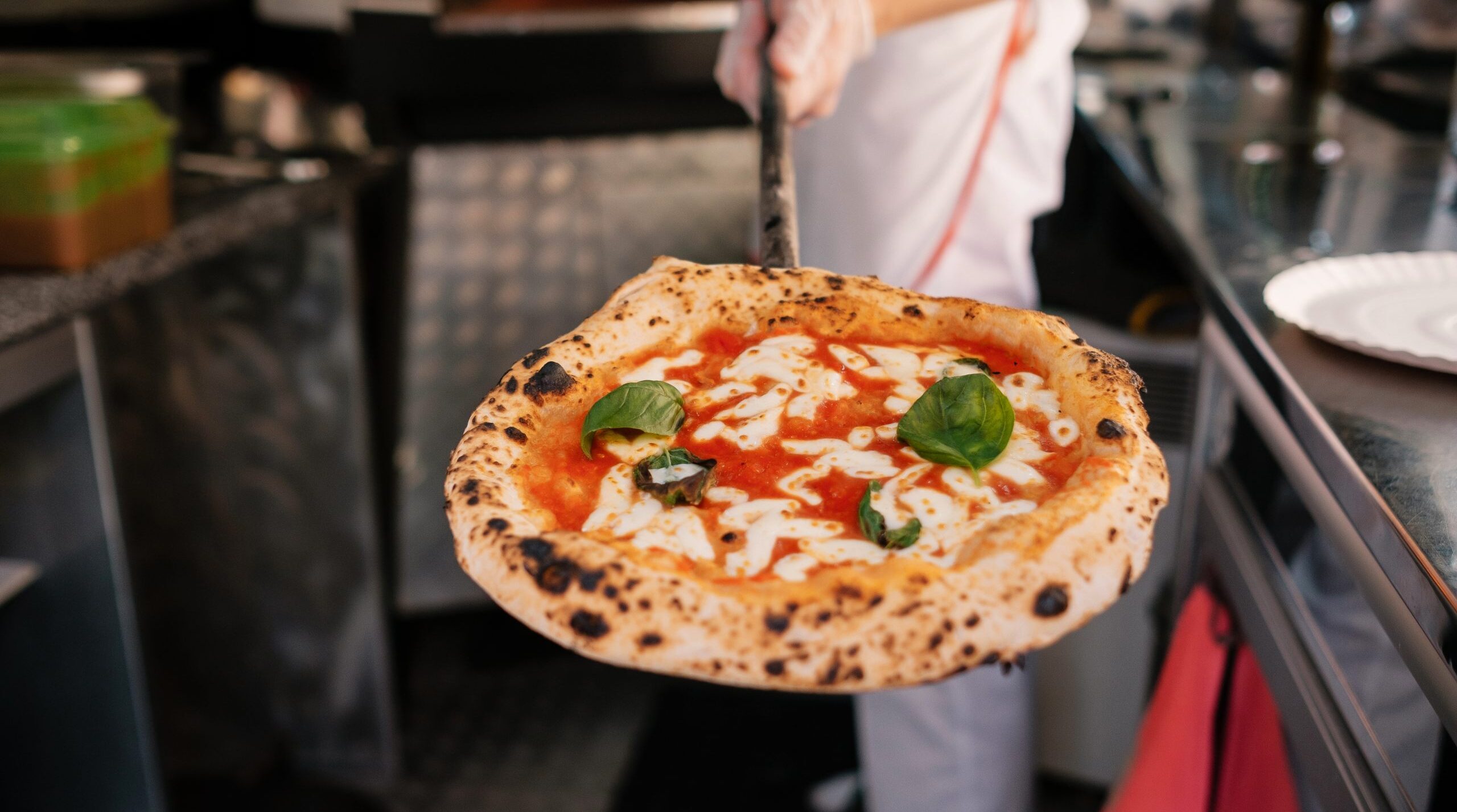The famous magazine National Geographic today April 19, 2022 published a article related to our Neapolitan pizza, focusing on what would be the true origins of the name of one of the most classic, the Margherita.
Our signature dish, as many know, owes its name to the queen Margherita di Savoia, who was very impressed after tasting it. But are these really her origins? According to some, this theory has no basis and National Geographic delves into the question questioning everything.
Let's try to understand something more.
The origins of the name according to tradition
Margherita pizza is the Italian dish, as well as Neapolitan of course, most famous in the world and, although there are many versions, only the one prepared following a certain standard that gives it the certificate of True Neapolitan Pizza can be considered original.
The traditional history of this Neapolitan pizza takes its first steps when the Queen Margherita visited Naples in 1889. Walking around our city, it is said that the queen and her husband Umberto were irresistibly attracted by an incredible scent coming from a pizzeria.
Attracted by that scent and intrigued by the pizza from which it came, they decided to invite the pizza chef from the pizzeria to the royal palace, that is, to the Palace of Capodimonte, to make him recreate the dish. The chef made three pizzas and one of them was with red tomatoes, white mozzarella and green basil, to reproduce the colors of the Italian flag.
The next day, the chef received one letter by the head of the Table Services of the Royal House, Camillus Galli, which read:
“Dear Mr. Raffaele Esposito. I confirm that the three types of pizza you prepared for her Royal Highness of her the Queen were found to be excellent ”.
The Queen proved to appreciate three pizzas, but his favorite was the one with the three colors of the flag and it was for this reason that chef Esposito renamed it with his name: pizza Margherita was born.

Doubts about its origins
This fascinating story is rooted in our tradition and even the tour guides tell it all the time, but according to National Geographic we should have doubts about its veracity.
It appears to be a very useful story to fascinate both citizens and tourists with the "monarchical ingredient" to make everything even more suggestive.
Over time, some aspects of the story have been verified:
- in 1889, Raffaele Esposito was really the owner of a pizzeria that, by chance, he had called “Pizzeria La Regina d'Italia” 6 years earlier;
- the Queen and her husband were actually in Naples when Galli's letter was sent to the pizza chef Esposito on 11 June 1889;
- Camillus Galli he was indeed the head of the Table Services of the Royal House;
- i royals wanted to ingratiate themselves with the Neapolitans after having made them suffer for the increase in the high taxes of the new Kingdom of Italy;
- il King Umberto I was not much loved and he also managed to escape an attempt against him;
- here they go food could become a unifying element between monarchy and people.
Yet there seems to be something wrong.

The story based on forgery
According to National Geographic, therefore, the spread of a almost fairytale story, then relating to the symbolic dish of the city, could only bring the people closer to the so distant world of the monarchy. A pizza with the queen's name and the colors of the Italian flag could have won everyone's hearts.
Yet according to some recent research this story was based on forgery. Nutrition historians have found several key holes in the tale. The most obvious is that this pizza, the Margherita, it had existed for at least 30 years before the two monarchists visited Naples. In fact, in an 1853 collection of essays on Neapolitan customs, the author Emanuele Rocco already described a pizza topped with "basil, muzzarella, and tomato".
Furthermore, in the local archives there is no mention of the episode of the pizzeria Esposito and not even "La Gazzetta del Regno d'Italia" spoke of the visit of the queen or of Galli's letter to Esposito. More, the handwriting of Galli used in other letters has been compared with the signature of the letter sent to the chef and the two calligraphies do not match.
So we ask ourselves: if it wasn't Galli who wrote that, then who was it? We can detect a clue in the name of the recipient of the letter, that is Raffaele Esposito Brandi. The use of the surname is strange because, even if it is true that Raffaele Esposito's wife had the surname Brandi when she was maiden, it must be said that European men did not take the surnames of their wives. Two people, however, could have had that surname at the time: Giovanni and Pasquale Brandi, the grandchildren of Raffaele's wife, who took over the pizzeria in 1932.
The most accredited new theory
Here we come to the most accredited theory according to which i Brandi brothers, to increase their business, they would have spread this hoax around. Since in 1932 they had renamed the Pizzeria Brandi, they would have falsified the letter of 1889 because it must have had a reference to the name Brandi. They were also confident that the stories of monarchists who ate street food were widespread and, for example, already in 1880, in the newspaper Il Bersagliere there was talk of an episode in Queen Margherita praising the products of a pizza chef.
Some doubts arise, continues the National Geographic and, even if we do not yet know the whole truth, it must be said that in 1989On the occasion of XNUMXth anniversary of the denomination of the Margherita pizza, a commemorative plaque was affixed to the outer wall.
Nowadays, as we know, Raffaele Esposito's pizzeria still exists and is always called Brandi Pizzeria.

Source article: National Geographic






